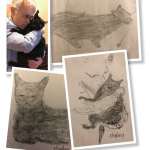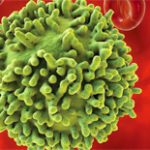The authors ended their review article by describing several therapeutic targets that have the potential to control skin injury in SLE: TNF receptor superfamily member 1a, tyrosine-protein kinase SYK, calcium/calmodulin-dependent protein kinase type IV and nuclear factor of activated T cells.
Lara C. Pullen, PhD, is a medical writer based in the Chicago area.
ad goes here:advert-1
ADVERTISEMENT
SCROLL TO CONTINUE
Reference
- Deng GM, Tsokos GC. Pathogenesis and targeted treatment of skin injury in SLE. Nat Rev Rheumatol. 2015 Aug 4. doi: 10.1038/nrrheum.2015.106. [Epub ahead of print]

